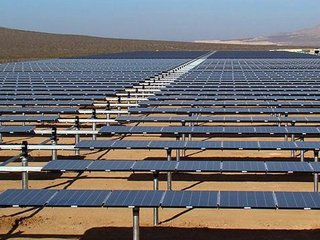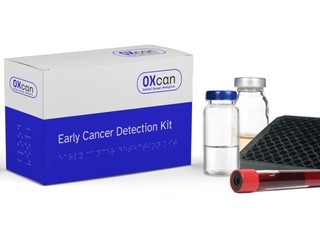
Looks like Apple is taking its green commitment seriously. The divine force that brought us the iPhone and the iPad has just obtained permits to reshape the slope of approximately 170 acres of land near its data center in Maiden, North Carolina to build a solar farm, according to a report from the Charlotte Observer.
The permits do not say how large the farm will be, but plans suggest that Apple is on top of the challenge of preventing soil from washing into nearby creeks. Currently, Duke Energy provides all of the electricity Apple’s North Carolina data center uses, which comes from coal and nuclear plants.
Meanwhile, its plants in Austin, Texas; Sacramento, California; and Cork, Ireland are all powered completely by solar energy.
Apple could not be reached for comment.
It looks like Apple is proceeding with its characteristic secrecy, as virtually no one in Maiden, North Carolina knew of any solar farm. Not even Economic Development Corp. chief Scott Millar knew about the plans—and he was the one responsible for bringing Apple to North Carolina in the first place.
It wouldn’t be terribly surprising if Apple did decide to invest some of the $81.6 billion it currently has in the bank in building its own source of renewable energy. Economically, it’s obvious (even though Duke Energy’s low rates are reportedly what attracted Apple to the area).
But more than that, Apple has, in recent years, prided itself on its green initiatives.
In 2007, Jobs announced that Apple would be completely eliminating the use of arsenic, mercury, polyvinyl chloride (PVC), and brominated flame retardants (BFR) in its products by the end of 2008–all while keeping the products affordable. Apple’s plastic enclosure parts had already been bromine-free since 2002, and Apple had removed all PVC from packaging materials in 1995. Dell and HP, by comparison, were behind the times.
In 2006, Apple recycled 13 million pounds of e-waste, which was the equivalent of 9.5% of the weight of all products sold seven years earlier–not great compared to the roughly 10% Dell and HP were recycling each year. But in May 2008, Jobs announced that Apple’s recycling rate for 2007 was 18.4%, which surpassed its goal of 13% and put it on track to pass 30% in 2008. By 2010, Apple exceeded a jaw-dropping 70% recycling rate.
And in 2008, Apple began reporting on all of their major products, along with their Environmental Health and Safety Policy and their Facilities Environmental Report. The company accounts for everything–EVERYTHING–from manufacturing and product life cycle to energy efficiency, packaging, and even shipping and transportation of the devices.
So chalk it up to another win for the Green Apple movement.
Image source: publicradio.org



















